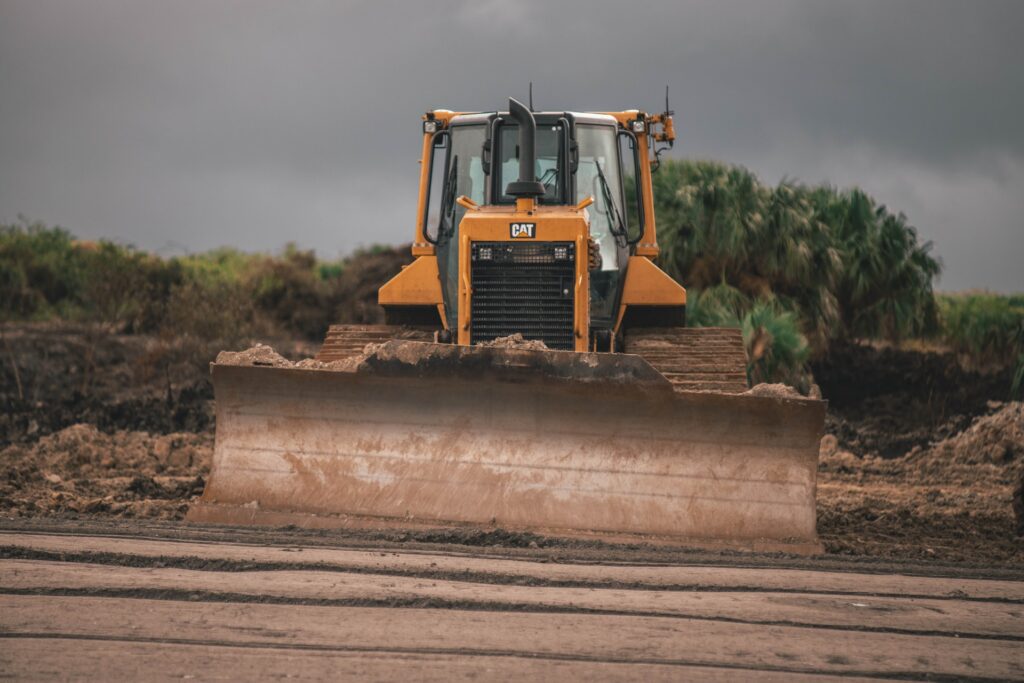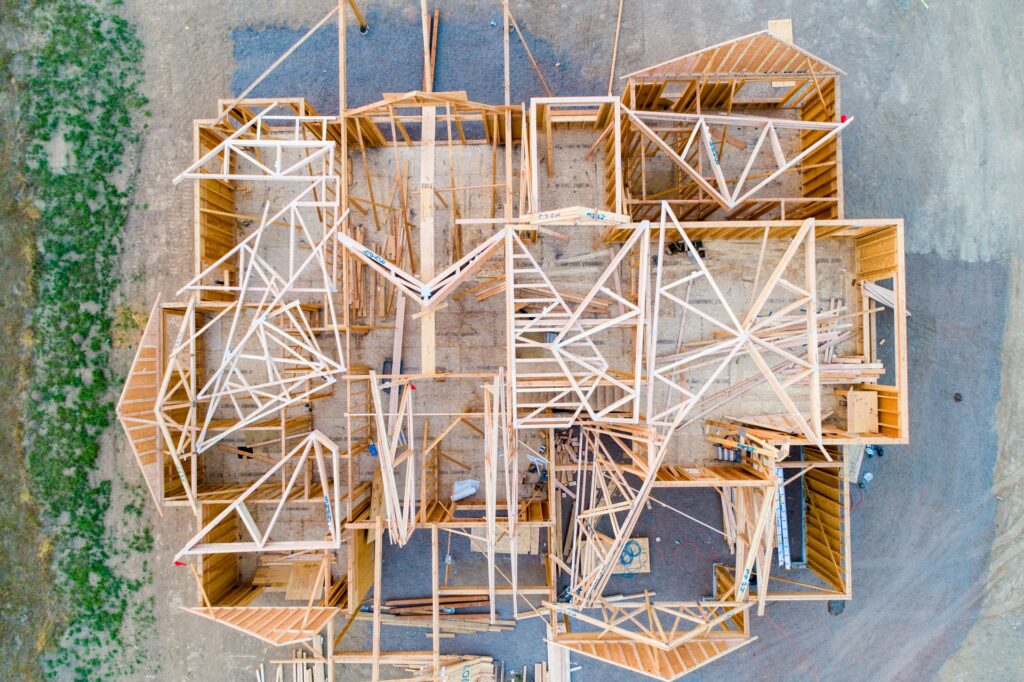
Different Home Foundations for your Ideal Home
When you’re getting ready to design a home of any shape or size, one of the first decisions that must be made involves choosing the type of foundation that your home will have. A home foundation is essentially designed to support the rest of the home and is able to provide a certain amount of durability to the structure in question. The foundation for your home will be the first thing that’s constructed before other elements are added.
Because of how important the foundation can be for the durability of your home, it’s highly recommended that you take time to learn about the different types of foundations, which should be of some help when it comes time to build your home. Keep in mind that a home weighs an average of 200 tons, which is why a strong foundation is essential if you want your home to be a lasting one.
There are numerous factors that can be used to determine which type of foundation is right for the home you’re getting ready to build. These factors include the water table depth, the slope, and the type of soil that the foundation is being built on. If you’re unsure of which type of foundation to use, you should consider speaking with a professional architect or landscape architect. When designing your home, these professionals can identify the type of foundation that will work best with your ideas.
Once you know what foundation your home will be built on, you should have a better understanding of the maintenance costs, comfort, and affordability of your home. The following is an in-depth guide on the various foundations to consider when you’re looking to build your ideal home.
Three Common Types of Home Foundations

There are three primary types of foundations for you to consider when getting ready to build a home. These foundations include a basement foundation, a crawl space, and a slab foundation. The type that you choose mainly depends on the home that you want and the land that the structure is being built on.
1. Basement Foundation
This type of foundation is necessary when you want your home to have a basement that you can use for storage or as an extra room for guests. In order to make this type of foundation, you will be tasked with excavating to a depth of 7-8 feet. Once the area has been excavated, the flooring and walls of the foundation can be added. At this stage, concrete footings will be poured to make sure that the walls have enough support. Keep in mind that the walls are built with concrete as well. The basement area is finished with a concrete slab.
Many homeowners choose a basement foundation because of the ample room it provides when compared to other foundation types. You can do practically anything you want with this extra space. While a sizable percentage of homeowners with basement foundations choose to use the area for storage purposes, you can also fashion it into a home theater or game room.
Before you opt for this type of foundation, there are a few drawbacks that you should be aware of. For one, it’s important that the area doesn’t lose heat, which means that an air seal and insulation will need to be added. It’s also highly recommended that you have a sump pump installed in the event that you live in a flood zone, which will ensure that any excess water is properly removed. The third issue to keep in mind is that you might be unable to excavate deep enough to build a proper basement foundation. Substances like bedrock and limestone are exceedingly difficult to excavate.
2. Crawl Space Foundation
Another common home foundation is a crawl space foundation. Although less common than a basement foundation and slab foundation, many people choose this option if they want some space but don’t want the upkeep that comes with a basement. Crawl spaces usually have around two feet of space under the home, which means that the structure is elevated off the ground. When supporting the home, there are two different methods that can be used, the first of which involves implementing a continuous masonry wall known as a stem wall. The second method involves a combination of wood piers and concrete footings.
This type of foundation is ideal for homeowners who live in a flood zone or an area with a relatively high water table. Along with additional ventilation, your home will benefit from a certain amount of protection against shifting soils after a thunderstorm. You can store smaller items in a crawl space and will have easy access to the majority of pipes and utility lines that are positioned around your property. Keep in mind, however, that moisture, mold, and pest issues are prevalent in these foundations. To mitigate moisture issues, you might need to add a sump pump or dehumidifier to the crawl space.
3. Slab Foundation
This is easily the most common foundation that homes are built upon, which is mainly due to the affordability of the foundation as well as how easy it is to construct. This foundation consists of a slab of concrete that has a thickness of 6-8 inches. Before the concrete is poured, a gravel mixture is placed on top of the soil. There are three types of slab foundations that can be used in the construction of a home, which include slab-on-grade, T-shaped, and frost-protected foundations.
The slab-on-grade foundation involves placing a wired mesh on top of the concrete before adding some rebar for additional strength. T-shaped foundations use concrete footings that are positioned above the standard frost line. As for frost-protected foundations, these foundations use foam insulation to make sure that the material doesn’t freeze and eventually crack.
This type of foundation is known to be highly stable and mostly mitigates the risk of termites, mice, and similar pests from getting into the foundation. The main issues with this foundation include the possibility that the material becomes damaged when the ground freezes as well as the need for ample repair work in the event that a pipe leaks.
How to Choose a Foundation Type

When it’s time for you to select the type of foundation that you’d like to have for your home, there are several things that you should consider.
Site Considerations
The first set of considerations involves site considerations, which are essential aspects of the land the home is being built on that could make one type of foundation more beneficial than another.
Water Tables
The groundwater table involves a boundary that’s situated between saturated and unsaturated soil. Water tables will rise and fall as the seasons change, which can alter the drainage on your land. If the site doesn’t naturally drain well, it’s possible for water to seep out from the ground and damage the home’s foundation.
Soil Conditions
Soil conditions can determine which type of foundation is right for your home. These conditions can include the soil layers, the hardness, and the type of soil. In the event that the soil and ground are relatively stable, the foundation itself doesn’t need to be extra durable and robust. On the other hand, soft soil requires a well-designed foundation that takes the softer ground into account.
Local Climate
It’s also likely that your local climate will play a part in determining which foundation you should use for your home. As mentioned earlier, frost can be a problem with certain foundation types. If the ground in your area is regularly freezing and melting, avoid using a slab foundation for your home. In the event that you live in an area that’s at risk of flooding, a crawl space is likely more advantageous than a slab or basement foundation.
Foundation Purpose
Different foundations can have different purposes. The purpose you want the foundation to fulfill will dictate which type of foundation you end up choosing.
Extra Living Spaces
If you would like to turn your foundation into a game room, extra bedroom, or media room, a basement foundation would be the best option. This type of foundation provides your home with more square footage, which will also help to increase the property value.
Outdoor Living
If you enjoy the benefits of outdoor living, you might want to consider a basement foundation. You can outfit the basement with doors, windows, and a patio, the latter of which is possible when you’re building a walkout basement.
Storage
While you can use a basement foundation for storage purposes, a crawl space is also a great area for storing some of the extra items and belongings around your home.
Stability
If stability is a primary concern of yours, elevated slab foundations should be considered. These foundations will provide extra stability to your home while also preventing issues with softer soil after a rain. A suspended foundation such as this may be ideal if your home is being constructed on clay soils.
Final Thoughts on Home Foundations

It’s impossible to have a long-lasting home without a durable foundation. The remainder of your home won’t be steady if it’s not constructed on a stable foundation. When you’re purchasing a home, it may be difficult to find a property with the exact foundation you’re looking for. Building your home from scratch eliminates this issue entirely and allows you to select one of the three foundation types mentioned previously. The exact foundation you choose also depends on the site conditions, the purpose of the foundation, and the local climate.
As mentioned previously, the seasons can affect a home’s foundation more than you might anticipate. Let’s say that your home is built on a crawl space or basement foundation. When the rainy season arrives, it’s possible that water will seep out of the ground and into your foundation, which could pose a problem if you haven’t outfitted with the basement or crawl space with a sump pump. At the end of the day, there are many considerations that you should keep in mind when you’re choosing which foundation will be used for your home.

Jason Somers, President & Founder of Crest Real Estate
With over 15 years of professional experience in the Los Angeles luxury real estate market, Jason Somers has the background, judgement and track record to provide an unparalleled level of real estate services. His widespread knowledge helps clients identify and acquire income producing properties and value-ad development opportunities.
Learn more about Jason Somers or contact us.



